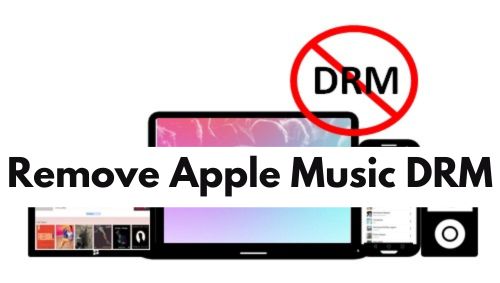The goal of watermarking is to safeguard content files from piracy and identify the content creator/license distributor's to the user. The watermark is effectively a digital signature that is only accessible to the content originator. Because only the owner or a few authorised people have access to the secret keys required to extract the watermark from the video file, unlawful use of DRM protected content can be prevented by this technique.
In the event of a breach, watermarks must be retrieved in order to pinpoint the exact point where the information was compromised. Non-blind, semi-blind, and blind watermark extraction and detection methods can be categorised based on the needs of the task.
Non-blind video watermarking systems require a copy of the original clip, a watermark, and a secret key for content validation and extraction. Non-blind watermarks record the traffic patterns of entering flows and correlate them with outbound flows. They also help traffic analysis by altering the communication patterns of the intercepted flows. Due to the need for additional storage space, the non-blind watermarking approach has a limited usefulness in the real-world.
If you're using dynamic watermarking, you
may embed information on the video asset while it's being played back at the
user's end, such as the user's email, date
and time of watching, their IP address, or
even their business logo. Because of their dynamic nature, they provide
additional protection for confidential content that
is not intended to be shared or altered.
DAI (dynamic ad insertion) is also activated via dynamic watermarking in order
to optimise addressable ad income. DRM
video protection techniques such as
watermarks are not sufficient on their own, but when used in conjunction with
other measures, they can help to safeguard the
intellectual property of the content owner
and aid to trace the source of any alleged infringement. They also serve as a
helpful reminder to users about their own
and others' rights to the content they're using.
In contrast, the watermark and secret key are needed for semi-blind techniques (also known as "informed" watermarking systems). Semi- and non-blind techniques commonly use the operator mark to identify which database has the watermarking information, such as the session ID, embedding parameters, and possibly content information.
Blind watermarking systems just require the secret key, which is utilised to generate a random sequence during the embedding process. Watermark sequences are blindly correlated with received content file coefficients, and the correlation coefficient is then compared to a detection threshold in blind watermarking. Blind watermarking. As a result, only the watermark sequence and the scaling factor are necessary for watermark detection.
In the event of a blind attempt, the
detector's functionality must automatically accommodate for the detector's
temporal and spatial problems. Blind techniques are the simplest to implement
and are frequently employed when acquiring the source content is challenging.
Although non-blind extraction approaches may enhance the solution's security
and robustness, the attacker will not be able to access the original,
non-watermarked content.






0 Comments